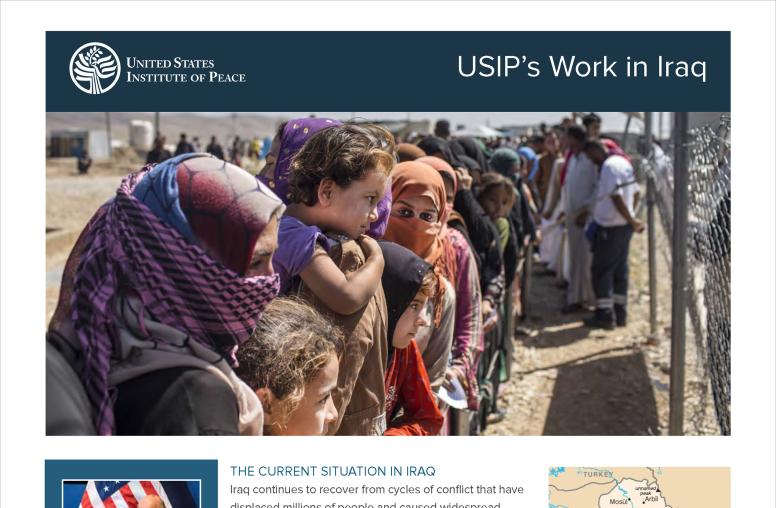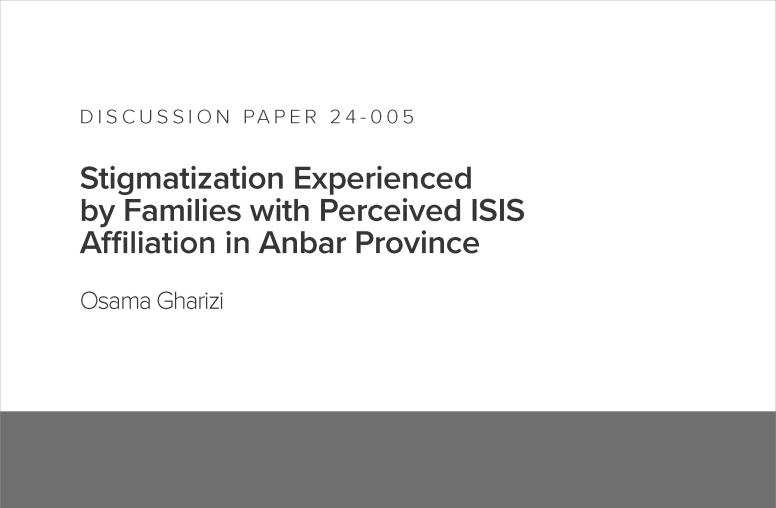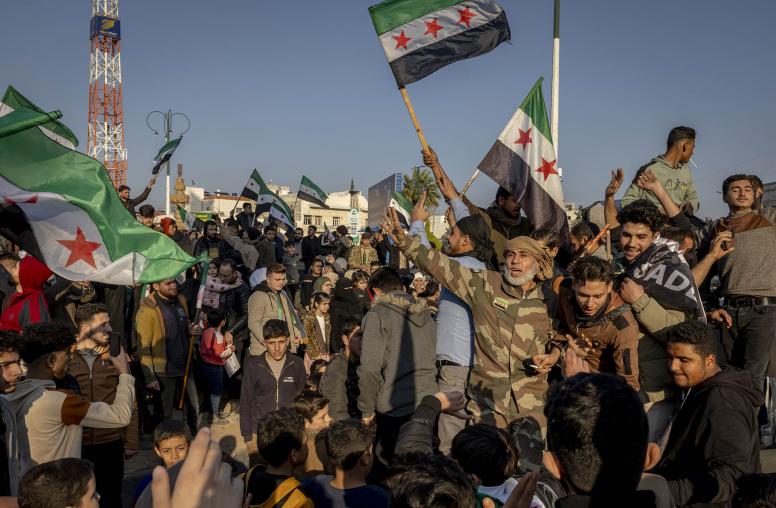Provincial Reconstruction Teams in Iraq
In Iraq, Provincial Reconstruction Teams (PRTs) were civilian-military organizations designed to operate in semi-permissive environments. PRTs were intended to achieve political objectives, counterterrorism and promote social and economic development.

In Iraq, Provincial Reconstruction Teams (PRTs) were civilian-military organizations designed to operate in semi-permissive environments. PRTs were intended to achieve political objectives, counterterrorism and promote social and economic development. Secretary of State Condoleezza Rice inaugurated the first PRT during a visit to Mosul on November 11, 2005. The secretary said that PRTs would bring together U.S. political, military, and economic experts to help Iraqi provincial officials get the job done. U.S. Ambassador Zalmay Khalilzad was credited with bringing the concept of PRTs to Iraq from Afghanistan, although Iraq PRTs were the reverse of their Afghanistan counterparts. In Afghanistan, the model American PRT was composed of 80 soldiers led by an Army lieutenant colonel with one civilian representative from the State Department, USAID, and the Department of Agriculture.
In Iraq, PRTs were larger and almost entirely civilian, led by a senior State Department Foreign Service Officer and composed of teams from USAID and the State, Justice and Agriculture departments, plus contractors, and Iraqi experts. Military participation was limited to the deputy leader, liaison officers and civil affairs soldiers that performed various tasks. PRTs were located on U.S. military bases and relied upon military escorts for security. At the program’s high point, there were 25 PRTs in Iraq of which three were led by the U.K., Italy and South Korea. The last PRT closed in late 2011 following the withdrawal of U.S. military forces from Iraq.
On January 10, 2007, President Bush announced a ‘surge’ of U.S. military forces to Iraq and the creation of 10, new-style PRTs, known as “ePRTs,” that would be embedded with the deploying combat brigade teams (CBT) in Baghdad, Anbar province and Babil. These new PRTs were small, State Department led units that included eight to 12 political advisers and development experts that supported counterinsurgency operations and helped build the capacity of local governments to foster development. Members of these ePRTs lived with their military counterparts, worked with mayors and grassroots representatives, and functioned as members of the BCT commander’s staff. By 2008, the number of ePRTs had risen to 14, but the program began a rapid drawdown with the departure of the ‘surge’ brigades. The last ePRT closed in August 2010.
The U.S. Institute of Peace’s Iraq office began working with PRTs back in 2007, initially in Baghdad, and then around the country to provide conflict resolution training to Shia and Sunni groups. These training programs provided neighborhood leaders with conflict management skills and enabled them to meet in safe locations where they could work together on solving problems in their communities.
Building on the success of this effort, in June 2007, USIP joined with an ePRT and the U.S. Army’s Tenth Mountain Division to implement a peace initiative to end large-scale violence in Mahmoudiyah, a district near Baghdad the press called the “triangle of death.” USIP facilitated a dialogue involving more than 50 Shia and Sunni tribes that ended with the signing of a peace accord between the region’s tribes. In 2009, USIP worked with the Biyala PRT to help local leaders devise a stabilization plan for the distribution of public services to local communities. USIP also embedded a conflict resolution expert with the PRT in Salah-Ad-Din to assist the provincial council to resolve conflict in its most violent district.
In Washington, USIP’s Security Sector Governance Center joined with eight U.S. government agencies to conduct a 'lessons learned' study of PRTs in Iraq. USIP interviewed hundreds of civilian personnel that served in PRTs. Interview transcripts were provided to the Defense Department’s Center for Complex Operations which produced reports for participating agencies. Copies of the interviews are in an oral history library on the USIP website. Based on the interviews and visits to Iraq, USIP published special reports on PRTs, hosted public forums and testified before Congress on the PRT program.
PRTs were an innovative and often controversial aspect of the U.S. involvement in Iraq. PRTs were a unique example of cooperation between the U.S. military and civilian government agencies. In a conflict zone, the military’s ability to provide security, manpower and resources was joined with the ability of civilian agencies to provide technical expertise in areas ranging from increasing agricultural yields to police training and budget preparation. Initially PRTs suffered from a lack of clear program goals and a concept of operations.
In time, however, PRTs were able to focus on assisting newly elected provincial governments to prepare budgets and development plans, to obtain funding from the central government and to implement effective programs. PRTs were the U.S. government’s ‘eyes and ears’ in every corner of Iraq representing U.S. interests and reporting to the U.S. embassy on local conditions and political developments.
This capacity was critically important during the Iraq conflict and was missed when the PRTs closed down. EPRTs demonstrated that civilian personnel could work in tandem with their military counterparts at the village level in a conflict environment. Finally, PRTs demonstrated that a whole-of-government approach involving the military and civilian agencies, while difficult, could pay dividends in helping countries recover from conflict.



